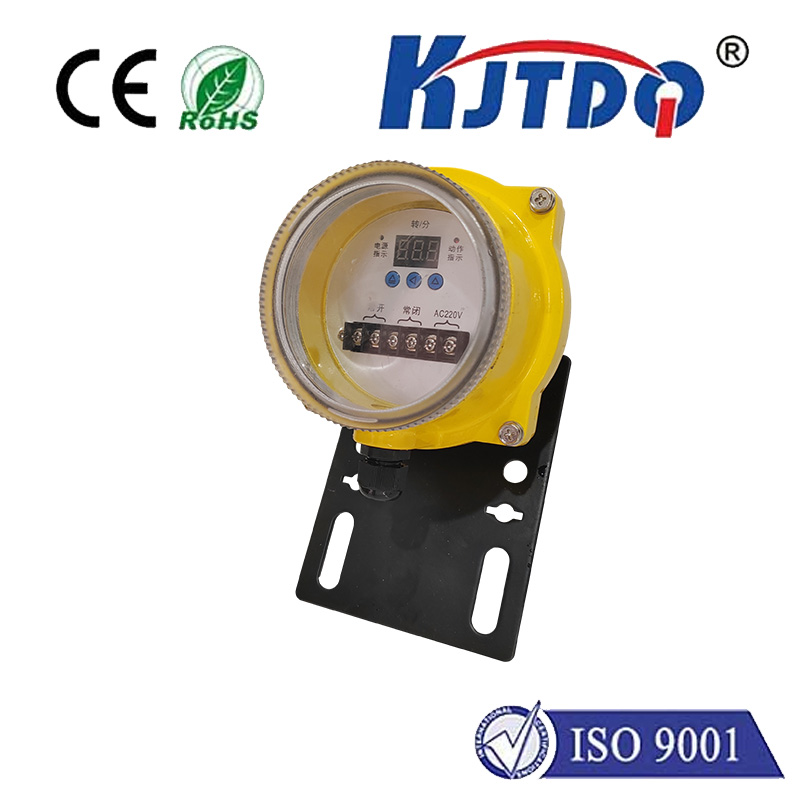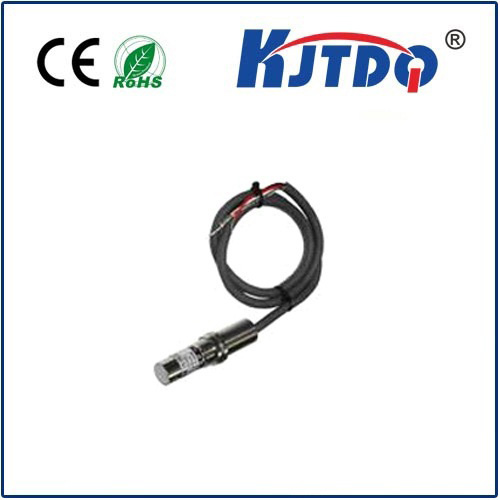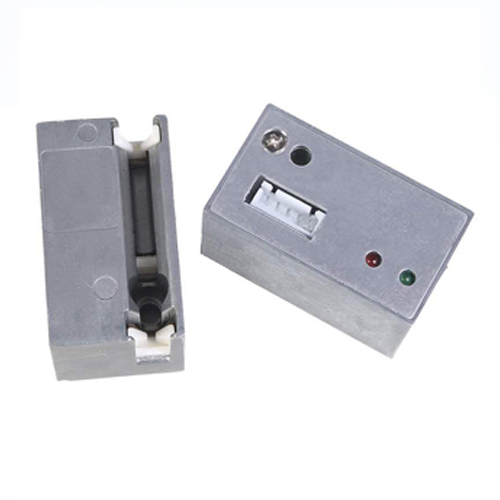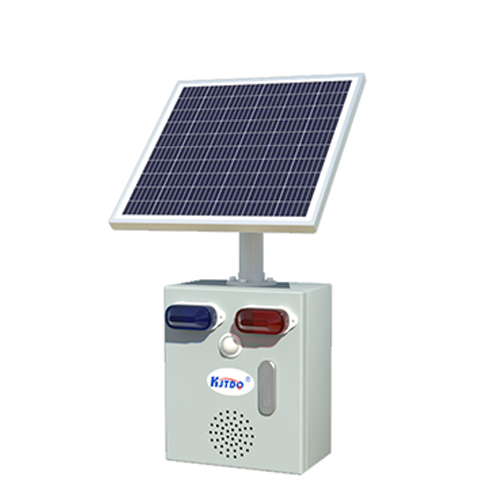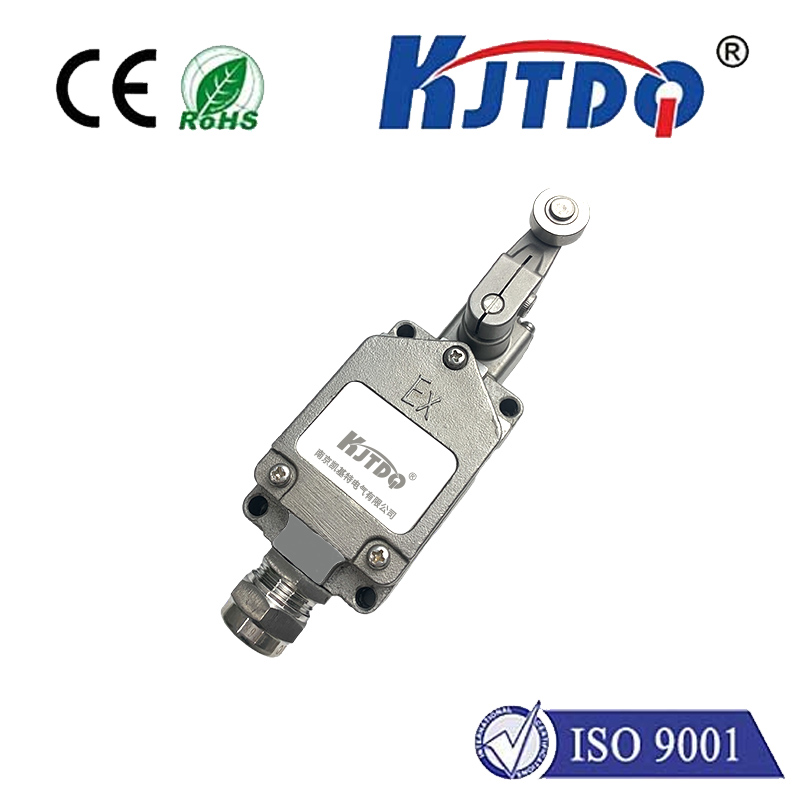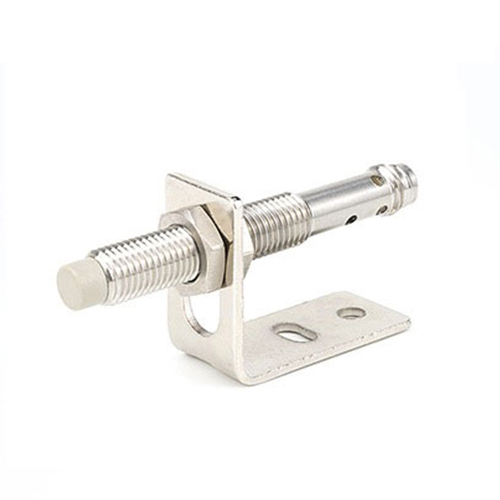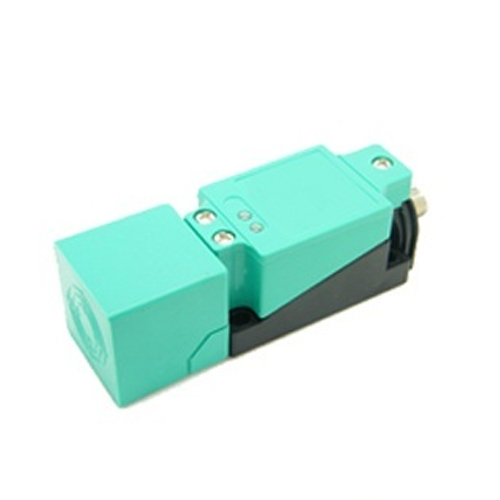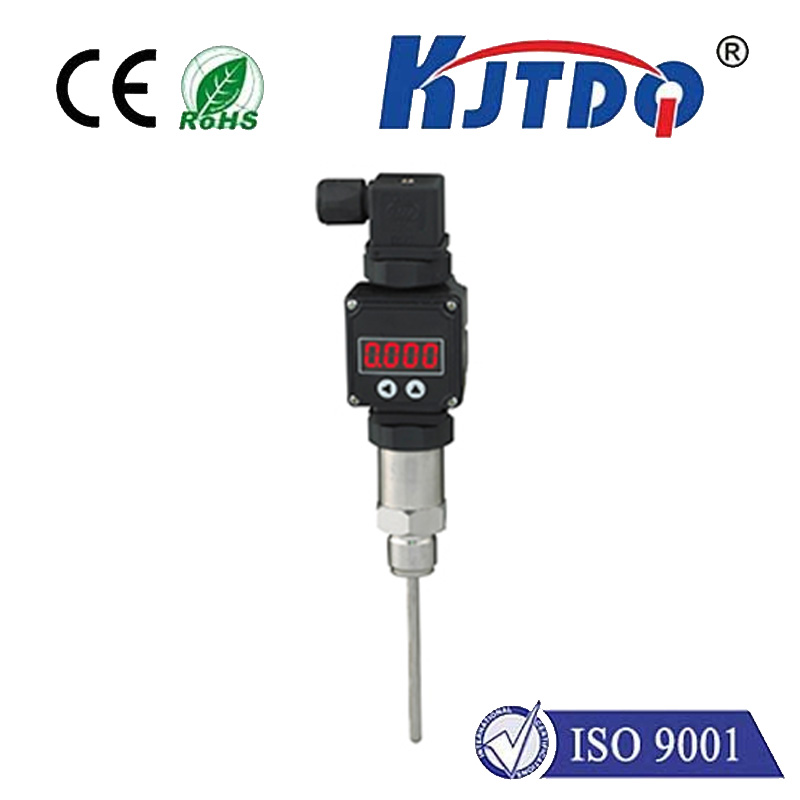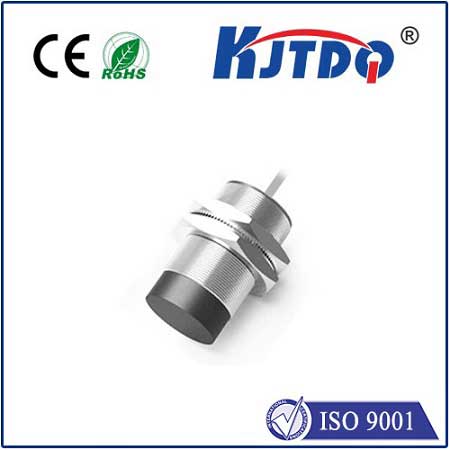safety door limit switch
- time:2025-08-07 03:52:14
- Click:0
Safety Door Limit Switches: The Silent Guardians Ensuring Industrial Security
Picture this: An automated assembly line humming with activity. Suddenly, a robotic arm malfunctions, swinging violently within its safety enclosure. Without a critical, often overlooked component, a technician reaching inside for a routine check could face catastrophic injury. The unsung hero preventing such disasters? The Safety Door Limit Switch. Far more than just a sensor, it is a fundamental pillar of machine safety, acting as the indispensable guardian that ensures hazardous motion ceases before access is granted.
Understanding the Core Function: Life-Saving Interruption
At its essence, a safety door limit switch is a specialized position-sensing device. Its sole, vital purpose is to reliably detect whether a guard door, gate, hatch, or movable safety barrier is securely closed and locked. This detection isn’t merely informational; it provides the authorization signal to the machine’s safety control system (like a Safety PLC or relay).
- Closed & Locked: When the door is confirmed shut and the switch is actuated, the safety circuit allows the potentially hazardous machine functions to operate. It sends a clear signal: “Access denied, operation permitted.”
- Open or Unlocked: If the door is opened, or even just not fully closed and secured, the switch changes state. This immediate signal interrupts the machine’s safety circuit, triggering a safety stop (typically Category 0 or 1 per ISO 13849). Power is rapidly removed from hazardous actuators (motors, drives, hydraulics), bringing motion to a halt. The message is unequivocal: “Access possible, operation halted.”
Why “Safety” Limits Are Different: Beyond Basic Switches
It’s crucial to distinguish safety-rated door limit switches from standard industrial limit switches. While both sense position, safety switches are engineered to much higher standards:

- Positive Opening Operation: Safety contacts are designed so that if the actuator (plunger, roller lever) jams or breaks, the contacts still open to break the circuit. This “fail-safe” principle is paramount.
- High Mechanical Durability: Designed to withstand millions of cycles, high vibration, impact, and harsh environments common in industrial settings.
- Dual-Channel Design: Many safety switches feature dual-channel contacts (e.g., NC-NC or NC-NO-NC configurations). This allows for redundancy and self-monitoring via the safety control system, enabling the detection of faults like welded contacts or wire breaks.
- High Reliability & Diagnostic Capability: Reduces the probability of dangerous failures. Advanced versions may offer diagnostics feeds back to the controller.
- Robust Enclosures: Typically rated IP67 or higher to resist dust and water ingress, ensuring reliable operation in demanding conditions.
- Tamper Resistance: Features like sealed housings, special screws, or actuator designs prevent unauthorized defeat or bypassing of the safety function.
Key Types of Safety Door Switches
Choosing the right type depends on the application requirements (safety level, mounting constraints, environment):
- Plunger Type: Simple, compact design activated by direct linear force on the plunger. Ideal for doors moving perpendicularly to the switch face.
- Roller Lever Type: Activated by a door striking a lever arm. Suitable for doors with a sweeping motion. Lever length and angle can be adjusted.
- Hinged Lever Type: Similar to roller lever but with a pivoting hinge mechanism, often used for sliding doors or hatches.
- Magnetic Type (Non-Contact): Uses a magnet attached to the door and a sensor (e.g., reed switch or solid-state) mounted on the frame. Offers high durability as there’s no mechanical actuator wear. Requires careful consideration of forces and alignment.
- Coded Magnetic Type: Advanced magnetic switches utilizing unique coded magnets. This provides a higher security level (SIL 3, PLe) as they resist interference from random external magnetic fields or attempts to defeat them with a standard magnet. Highly tamper-resistant.
- RFID Type: Utilize Radio-Frequency Identification for non-contact monitoring. Offer very high security (coded) and are also highly resistant to tampering and environmental contamination.
Selecting the Right Safety Door Switch: Critical Considerations
Choosing isn’t arbitrary; it’s governed by rigorous safety standards and application needs:
- Required Safety Level (PL/SIL): Determine the Performance Level (PL) per ISO 13849 or Safety Integrity Level (SIL) per IEC 62061 needed for the specific risk. The switch must meet or exceed this level.
- Actuation Method & Force: Match the switch actuator (plunger, lever) to the door’s movement profile and available actuation force/travel.
- Environmental Conditions: Consider temperature extremes, humidity, dust, chemicals, washdown requirements (IP rating), and vibration levels.
- Security & Tamper Resistance: Assess the risk of deliberate bypass attempts. Coded magnetic or RFID switches offer the highest resistance.
- Mounting Constraints: Consider space limitations around the door frame and access for installation/maintenance.
- Electrical Requirements: Voltage, current rating, contact configuration (e.g., 2NC, 3NC), and connection type (terminals, connector).
- Integration with Control System: Ensure compatibility with the machine’s safety relays, PLCs, or controllers.
Installation & Maintenance: Ensuring Continuous Protection
Even the best switch fails without proper handling:
- Secure Mounting: Ensure the switch and actuator (or magnet) are rigidly mounted to prevent misalignment or loosening due to vibration or impact.
- Precise Actuator Alignment: Critical for lever types. Misalignment can cause premature wear or failure to actuate properly.
- Correct Wiring: Follow manufacturer diagrams meticulously, especially for dual-channel switches. Use appropriately rated cables and conduits.
- Regular Inspection & Testing: Include switch operation checks in routine machine safety inspections. Verify the safety stop occurs immediately upon door opening or switch failure simulation. Check for physical damage, corrosion, and excessive actuator wear/play.
- Prevent Contamination: Keep actuators and magnet/sensor faces clean. Built-up grime can impede mechanical movement or weaken magnetic fields.
The Evolving Role: Integration and Intelligence
Safety door monitoring is becoming increasingly sophisticated:
- Diagnostics: Advanced switches provide diagnostic data (e.g., actuator count, health status) back to PLCs, enabling predictive maintenance and reducing downtime.
- IO-Link Connectivity: IO-Link integration allows for parameter configuration, real-time status monitoring, and richer diagnostics via a standard sensor cable. This simplifies troubleshooting and enhances overall system visibility.
- Integration with Locking Devices: Often used in conjunction with solenoid interlock units, preventing door opening until safety conditions are met (e.g., machine fully stopped), and preventing restart until securely re-locked.
Conclusion
Safety door limit switches are far more than simple sensors; they are the critical link in the safety interlock chain that physically prevents access to hazards while machinery operates. By reliably detecting the precise position and security of protective guards, these vital components enforce the fundamental safety principle: No access while danger exists. Selecting the right type—be it a robust mechanical plunger switch, a wear-resistant roller lever, or a highly secure coded magnetic limit switch—installing it correctly, and maintaining it diligently are non-negotiable responsibilities for ensuring worker safety and achieving compliance with stringent global safety standards. They truly are the silent, vigilant guardians keeping industrial operations both productive and profoundly safe.






